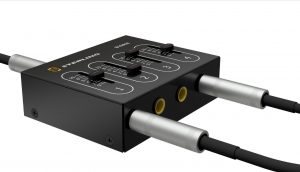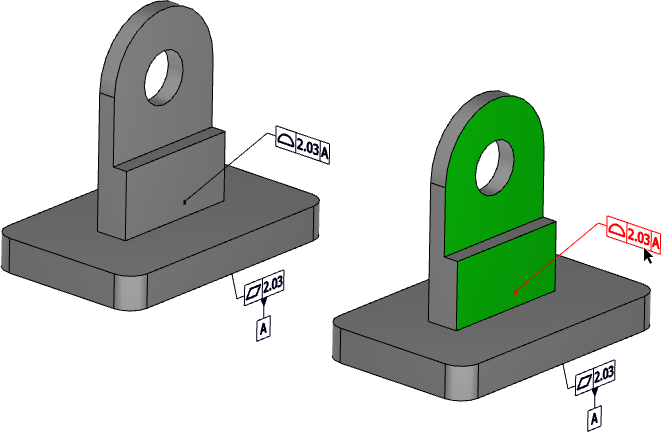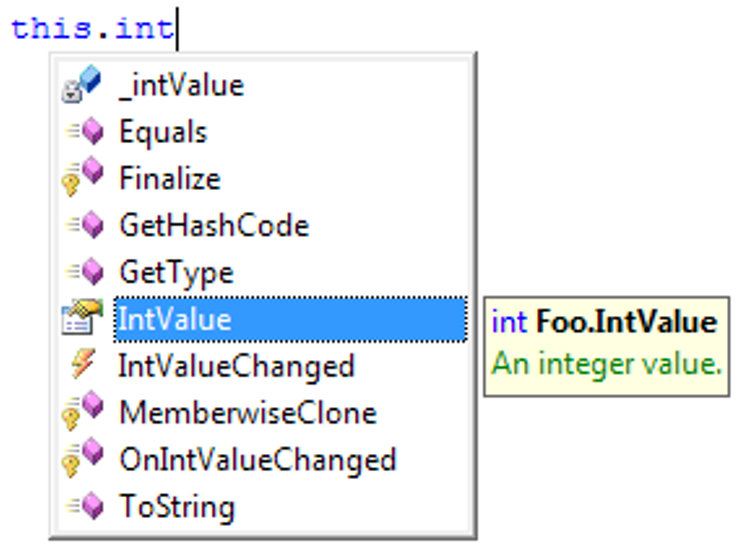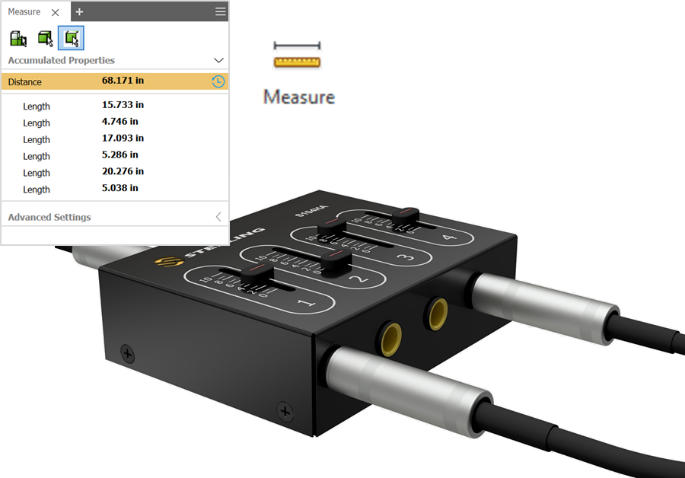Autodesk Inventor 2018.2

Autodesk University 2017 kicks off this week, and to celebrate we’re releasing another update! It’s the third straight November with some new Inventor goodness rolling out. The online help covers details but for some quick highlights on what’s included in Inventor 2018.2, read on.
AnyCAD for Fusion
Since version 2016, Inventor’s “AnyCAD” capability has helped bring together design data in a connected way. It’s been expanded over the past few years and now works on many kinds of data, whether 2D or 3D, from Autodesk or non-Autodesk products, or in current or future formats. We’re now looking to extend it so you can use the best of Inventor with the best of Fusion.
The Inventor 2018.2 Update includes a Preview that will let you bring Fusion 360 models into Inventor. Today, Fusion 360 is great for conceptual design, industrial design, and lots more. Now those models created in Fusion 360 can be referenced into Inventor assemblies for system integration, documentation, or detailed design. If the Fusion 360 model ever changes, the updates can be automatically accounted for inside Inventor. The idea is to allow you to use the power of Inventor (with capabilities like large assembly design, machinery design, routed systems, documentation, automation, and more) with the strengths of Fusion (conceptual design, industrial design, collaboration) on a project. For more on AnyCAD for Fusion, check out <<this post>>
Inventor 2018.2 includes a preview that enables you to reference Fusion 360 models into Inventor.
Model-Based Definition
Model Based Definition (AKA 3D Annotations, GD&T, PMI, etc, etc) was rolled out with Inventor 2018. Early adopters were keen to export this data into both STEP AP 242 formats and 3D PDF, so those capabilities were included from the start. In Inventor 2018.2, MBD information is now also written into DWF format and is viewable in Autodesk Design Review. It’s quite a nice integration and will be great for those who rely heavily on DWF format today. There are a few other MBD enhancements elsewhere, with additional tolerance symbols (all around symbol for Feature Control Frames) and hooking up face highlighting in 3D PDF. If you’re starting to use Model Based Definition, be sure to grab this Update.
For those using Inventor’s Model Based Definition capabilities, exported 3D PDF files now support associative face highlighting. It’s great for showing tolerance annotations that reference multiple faces.
Easier Automation with iLogic
Automation is a hot topic these days, with many accounts looking to streamline design work and cut out repetitive tasks. We’ve seen a steady rise in iLogic usage over the years and are accordingly investing in some top-requested enhancements. First, iLogic global triggers were added a few months ago in Inventor 2018.1. That made it relatively simple to manage and deploy iLogic rules across an organization rather than having most of them reside within the model. In Inventor 2018.2, customers will see “auto-complete” in the Rule Editor. It helps with syntax and provides other guidance as you type, kind of like what you see in Visual Studio, Splunk, and other tools. As of writing, there are four submissions on the Inventor Ideas board squarely aimed at this and we’re glad to be able to deliver it in this release since it will be a big productivity booster for folks picking up iLogic.
A new “autocomplete” capability helps iLogic users with syntax as they type so they can develop rules quickly and easily. It’s enabled for Inventor parameters, iLogic objects and functions, Inventor API objects, and.NET objects
Content Center Search
Another customer-requested enhancement, this is an example of a seemingly small tweak that could save folks a huge amount of time. Many Inventor users place standard parts from Content Center and they want a way to quickly find the data they need. Content Center has long been searchable at the family level. That meant you could easily find a family of parts but getting to the exact member within a family took a bit more digging. In other words, you could easily find the AS 1420 bolt family but would then need to scroll through all the members of the family and pick the exact length, size, and pitch of screw you’d want.
Now, when placing a part from Content Center, you can do a quick search against part numbers and go straight to exact members. This cuts out the second step of looking for the exact member, and means you can pull exactly the part you want in one step. A notable little improvement, especially for those who are using Content Center every day.
Measure Accumulate
The measure tool was made much more powerful and easy to use in Inventor 2018, but we decided to hold off on putting in an “accumulate” option until we had more customer input on it. The research has been done and there’s now a nicely integrated option for accumulating measurements. You can now add the values of linear, area, volume, and angle measurements and calculate a total for each. It’s a nice extension to the measure tool and takes advantage of that new dialog design to keep everything clean and simple.
To sum up (ie accumulate) measurements on multiple selections, hit the “+” symbol in the measure dialog. You can then add or remove selections in the dialog to get the total length, area, volume, or angle you’re looking for.
Other Improvements
The above are the highlights, but you can check out the 2018.2 What’s New page for more specifics. Sheet metal rules, ground and root within assemblies, constraints, sketch visibility, image exports, and resolving links to missing references have all been adjusted with input straight from users. Also, if you happen to use Inventor with Vault, be sure to check out Vault 2018.2 as it offers some very nice improvements in the Job Processor and a few tweaks elsewhere all focused on productivity.
While many of these Inventor improvements come from the Ideas pages , several also trace back to the Feedback Community and in-person test events we host throughout the year. Thanks to everyone who contributed to this release!
Sounds Great…Where Do I Get It?
Inventor 2018.2 can be downloaded and installed from either Autodesk Desktop App (easiest) or the Product Updates section in Autodesk Account. It’s cumulative (includes all previously released enhancements, quality fixes, etc) and installs on any release of Inventor 2018 or Inventor Pro 2018.
The Inventor Product Team
The post Autodesk Inventor 2018.2 appeared first on Inventor Official Blog.
Industries


Sign Up to get our monthly news Letter
About Us
All Rights Reserved | Mitchell and Son Additive Manufacturing Ltd | Registered Company in England and Wales | Company Number : 12038697
| Public Liability Insurance no. 14615097
Insurer: AXA XL














